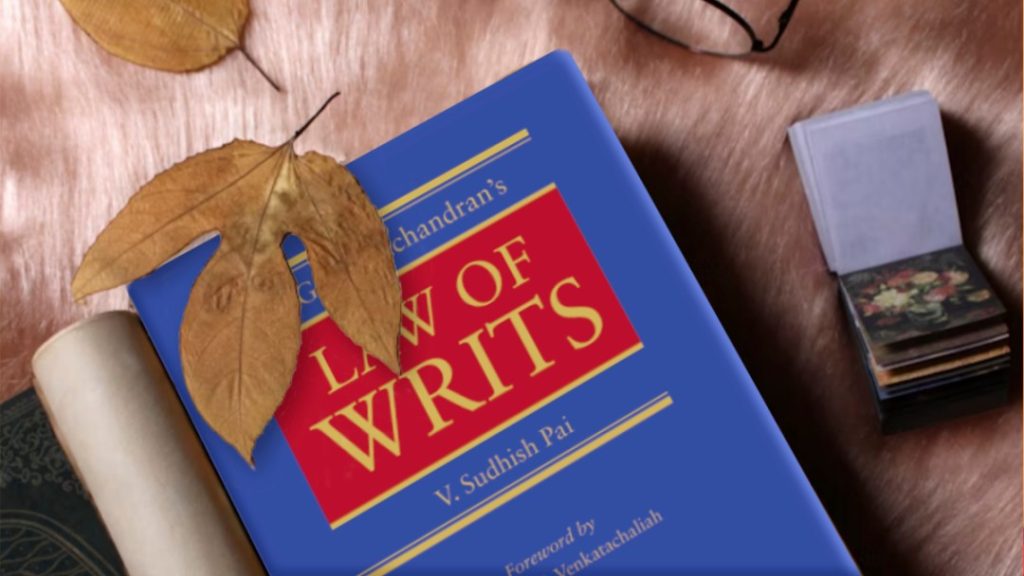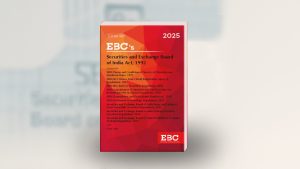
In a democracy like India, the judiciary plays a critical role in upholding the rule of law and protecting individual rights. One of the most powerful tools at its disposal is the writ jurisdiction. Writs are not just procedural remedies, they are constitutional safeguards. This article breaks down everything you need to know about writs: their meaning, types, legal basis, real-world usage, and continuing relevance.
What Is a Writ?
Simply put, a writ is a formal written order issued by a court. It directs an individual, authority, or government body to act or refrain from acting in a certain way. Writs are used to enforce fundamental rights and ensure legal accountability.
In the Indian context, writs derive their authority from the Constitution, not from ordinary legislation.
Constitutional Basis
Writs in India are grounded in two key constitutional provisions:
- Article 32 – Empowers the Supreme Court to issue writs for the enforcement of fundamental rights.
- Article 226 – Empowers High Courts to issue writs not only for fundamental rights but also for any other legal right.
Dr. B.R. Ambedkar famously called Article 32 the “heart and soul of the Constitution”
Types of Writs in India
The Indian Constitution recognizes five types of writs. Each serves a distinct purpose.
1. Habeas Corpus – “You may have the body”
Purpose: To release a person detained illegally
Use: Protects individual liberty
Who can file: Anyone, including a friend or relative of the detained person
Example: Courts have used this writ to free individuals detained without valid legal reason or beyond the permissible time.
2. Mandamus – “We command”
Purpose: To direct a public official or body to perform a public duty
Use: Ensures accountability in governance
Limitation: Cannot be issued against private individuals or the President/Governor acting in official capacity
Example: Used when government officers fail to grant licenses, pensions, or other entitlements.
3. Certiorari – “To be certified”
Purpose: To quash an order of a lower court or tribunal
Use: Prevents excess of jurisdiction or legal error
When applicable: Only after the final order is passed
Example: Supreme Court may quash a tribunal’s order if it violates natural justice or fundamental rights.
4. Prohibition – “To forbid”
Purpose: To stop a lower court or tribunal from proceeding with a case beyond its jurisdiction
Timing: Issued before the final judgment is delivered
Example: When a tribunal begins hearing a case it legally cannot, the High Court may step in with a writ of prohibition.
5. Quo Warranto – “By what authority”
Purpose: To challenge a person’s right to hold a public office
Use: Ensures that only legally eligible individuals hold public posts
Example: Can be used if someone without proper qualifications is appointed to a constitutional or statutory office.
Differences Between Article 32 and 226
| Feature | Article 32 (Supreme Court) | Article 226 (High Courts) |
|---|---|---|
| Purpose | Enforcement of fundamental rights only | Enforcement of fundamental + other legal rights |
| Scope | Narrower | Wider |
| Discretionary? | No – it is a fundamental right | Yes – discretionary |
| Jurisdiction | All-India | Territorial |
Significance of Writs in Modern India
Writs are more than legal formalities; they are the cornerstone of judicial review. They ensure:
Protection of civil liberties
Checks on arbitrary administrative action
Transparency in governance
Prevention of miscarriage of justice
Especially in times of executive overreach or legal vacuum, writs provide swift, effective relief.
Notable Cases Involving Writs
- ADM Jabalpur v. Shivkant Shukla (1976) – Habeas corpus was controversially denied during Emergency. Later overruled.
- Maneka Gandhi v. Union of India (1978) – Expanded the scope of Article 21 and reinforced writ jurisdiction.
- Sheela Barse v. State of Maharashtra (1983) – Used habeas corpus to protect undertrial prisoners.
- Olga Tellis v. Bombay Municipal Corporation (1985) – Mandamus issued to protect pavement dwellers’ rights.
Who Can File a Writ Petition?
- Any citizen whose fundamental right is violated (under Article 32 or 226)
- Public interest litigants in case of PILs
- Aggrieved parties for other legal rights (under Article 226)
No need for the petitioner to be the direct victim in PILs—this widens access to justice.
Procedural Aspects
Where to file?
Supreme Court (Article 32)
High Court (Article 226)
Documents required:
Writ petition
Affidavit
Annexures (if any)
Index and court fee (if applicable)
Timeliness: Writs are meant for speedy remedy, so they should be filed without undue delay.
Limitations on Writs
While writs are powerful, they are not limitless. Courts may refuse to issue a writ if:
Alternative remedies are available and adequate
Petition is frivolous or based on false claims
Private rights are being claimed against non-state actors (unless indirectly connected to public duty)
Why Writs Still Matter Today
In today’s context, where issues like custodial deaths, unlawful detentions, digital surveillance, and arbitrary administrative action are rising, writs continue to be a vital constitutional safeguard. They are not just reactive tools, but proactive weapons in the hands of a vigilant judiciary.
Writs are a testament to the strength of India’s constitutional framework. They protect citizens against unlawful acts and ensure that no authority is above the law. Whether you’re a student, lawyer, or informed citizen, understanding writs is essential to grasping how the Indian legal system defends your rights.
To know more about the topic, you may check out this resource.
















